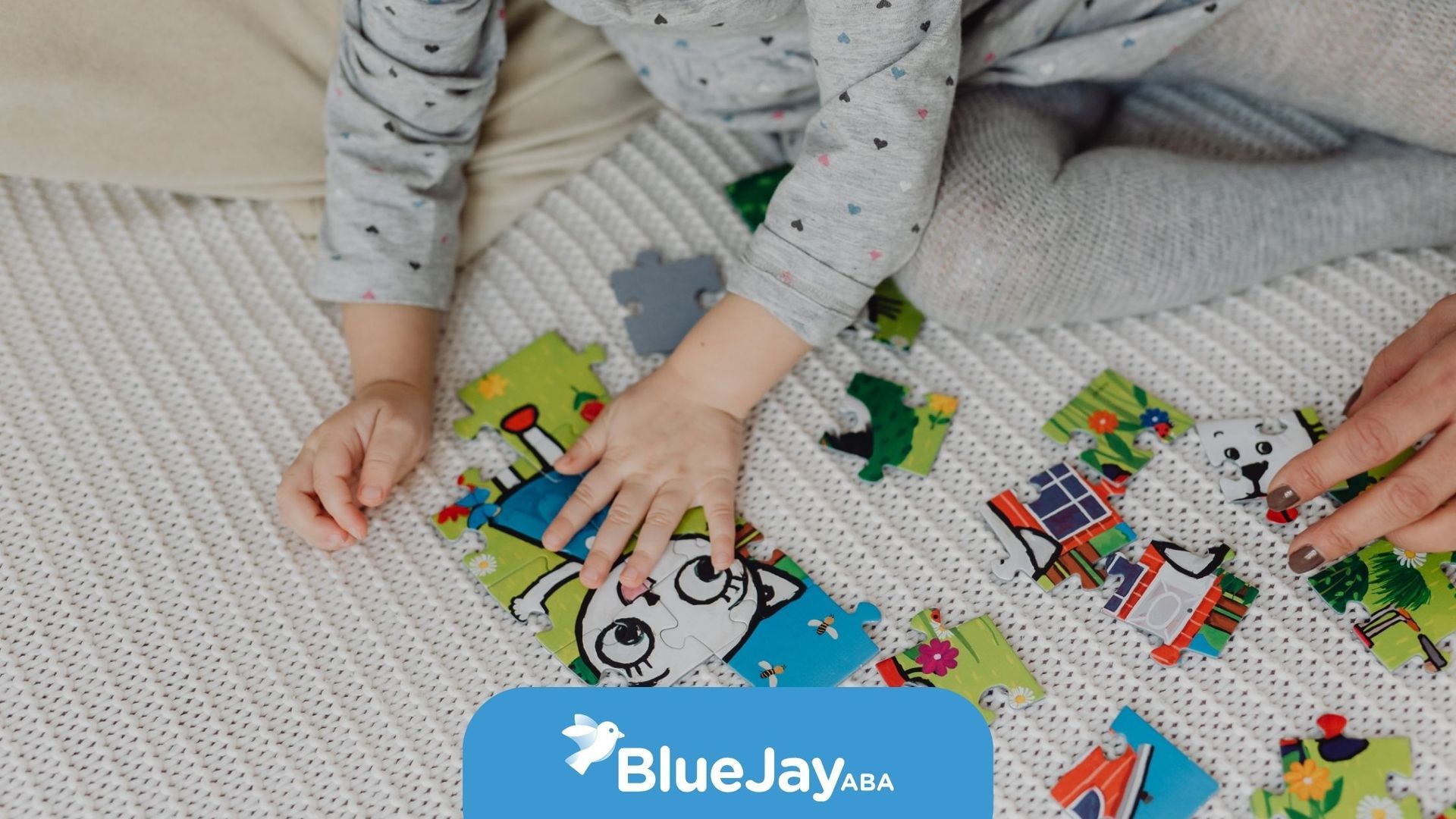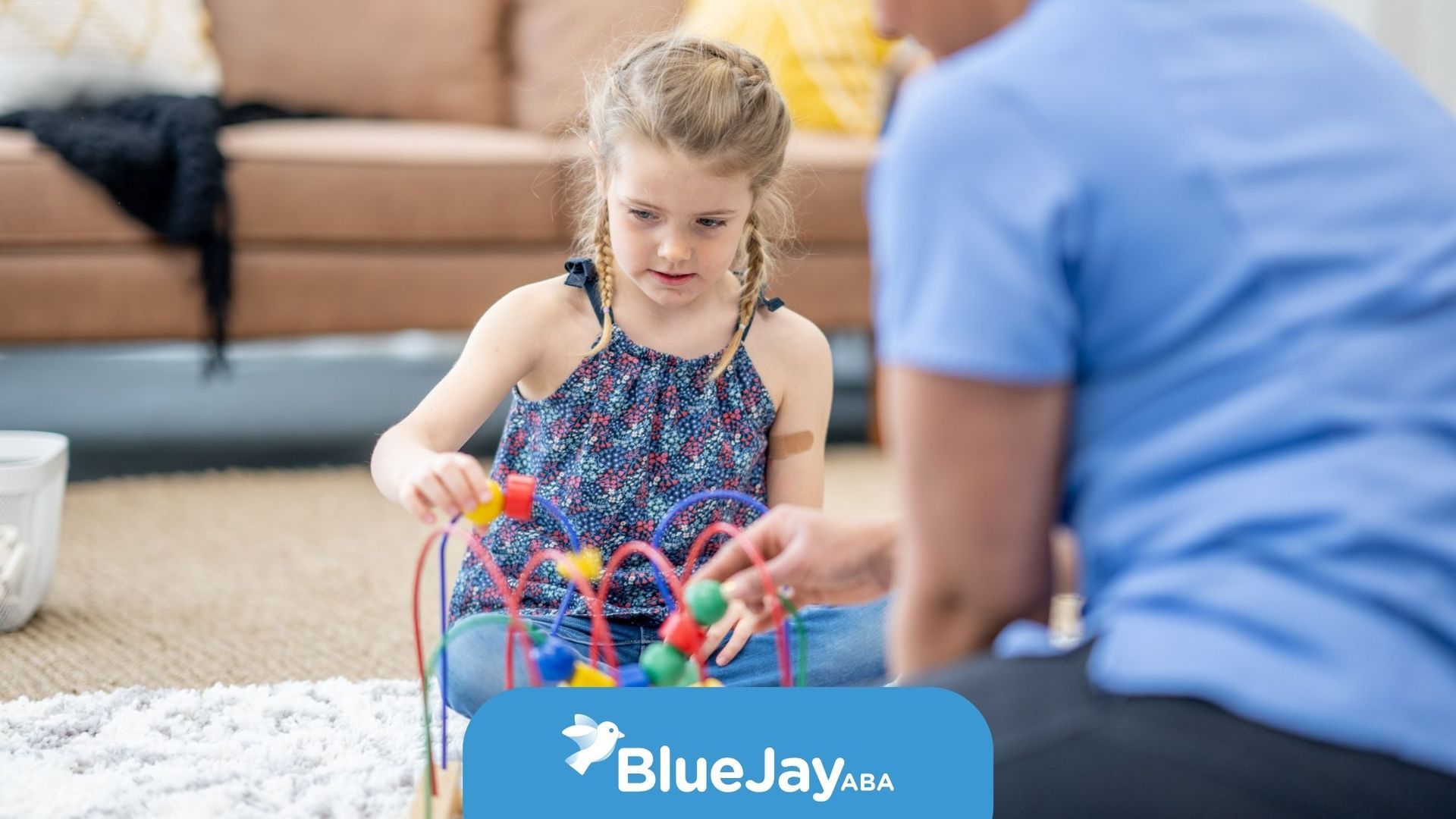How ABA Therapy Centers Enhance Learning for Children
Center-based Applied Behavior Analysis (ABA) therapy offers a range of ABA therapy center benefits that enhance learning outcomes for children with autism spectrum disorder (ASD). Research in 1987 found that ninety percent of children undergoing intensive ABA therapy showed substantial improvements, and nearly half advanced to a level indistinguishable from their peers. The therapy model emphasizes consistent routines, specialized expertise, and data-driven interventions. This article outlines the key advantages offered by ABA therapy centers, helping families and professionals in North Carolina make informed decisions.
Center-Based ABA Overview
Center-based ABA therapy involves structured sessions delivered in a dedicated clinical setting rather than at home or in school. These centers typically operate under the guidance of Board Certified Behavior Analysts (BCBAs) and offer a controlled environment with specialized materials. Many centers deliver high-intensity programs ranging from twenty to forty hours per week, which correlates with greater developmental gains.
A direct comparison highlights key differences between center-based and home-based approaches:
Meta-analyses conducted between 2009 and 2018 found that comprehensive ABA-based interventions produced medium effects in intellectual functioning (standardized mean difference SMD = 0.51) and adaptive behavior (SMD = 0.37) compared with standard care. These findings underscore the value of a controlled, resource-rich setting for delivering ABA therapy.
Individualized Treatment Plans
Individualized treatment plans lie at the heart of center-based ABA. Each plan begins with a comprehensive assessment and evolves through collaborative goal setting.
Comprehensive Assessments
Before intervention, behavior analysts conduct a Functional Behavior Assessment (FBA) to identify specific behaviors, triggers, and skill gaps. Assessments often include observations, standardized tools, and caregiver interviews. The resulting profile guides the creation of a tailored Behavior Intervention Plan (BIP) that addresses the child’s unique strengths and challenges.
Smart Goal Setting
Once assessment data are gathered, therapists collaborate with caregivers to establish SMART goals—specific, measurable, attainable, relevant, and time-bound. These goals may target communication, social skills, academic tasks, or adaptive behaviors. Ongoing input from families ensures that objectives remain aligned with home priorities and developmental milestones, fostering a sense of shared ownership.
Structured Learning Environment
A hallmark of center-based ABA is the predictable, organized setting that supports focused learning and skill acquisition.
Consistent Daily Schedule
Centers maintain a consistent daily routine that helps children anticipate transitions and engage more fully. Clear visual schedules, timer-based activities, and structured breaks reduce anxiety and reinforce positive behaviors. This consistency often accelerates mastery of targeted skills by minimizing distractions and uncertainty.
Collaborative Group Activities
Many centers incorporate small-group sessions to promote peer interactions and social learning. Group activities allow children to practice turn-taking, joint attention, and problem-solving in a safe, supervised environment. Therapists guide these interactions using naturalistic teaching methods such as Pivotal Response Treatment (PRT) and Early Start Denver Model (ESDM) when appropriate.
Specialized Professional Support
Center-based ABA therapy brings together a multidisciplinary team to address the diverse needs of children with ASD.
Board Certified Behavior Analysts
BCBAs oversee assessment, program design, and staff supervision. Their expertise ensures that interventions adhere to evidence-based principles and ethical standards. Regular supervision by BCBAs allows for timely adjustments based on data trends and emerging needs.
Multidisciplinary Collaboration
In addition to behavior analysts, quality centers often include speech-language pathologists, occupational therapists, and special educators. This collaboration enables comprehensive support for communication delays, sensory processing challenges, and academic readiness. Coordinated care reduces gaps between disciplines and fosters holistic development.
Parental Involvement And Training
Engaged caregivers play a vital role in maximizing the benefits of center-based ABA therapy.
Parent Coaching Sessions
Therapists conduct regular coaching sessions to teach families how to reinforce target behaviors and generalize skills at home. Training may cover prompting techniques, positive reinforcement strategies, and data collection methods. When parents implement consistent strategies across environments, children demonstrate faster progress.
Skill Generalization At Home
Centers often supply home practice materials and video-based feedback to support skill carryover. Families might receive task analysis checklists or communication boards to maintain momentum between sessions. This seamless integration promotes adaptive behaviors in everyday contexts.
Progress Measurement And Outcomes
Data-driven decision-making ensures that interventions remain effective over time.
Data Collection Techniques
Therapists collect continuous data on targeted behaviors through direct observation, electronic tracking systems, and standardized rating scales. Frequent data points allow teams to monitor trends and identify areas needing adjustment.
Interpreting Progress Reports
Every month, centers provide caregivers with progress reports that chart gains against SMART goals. Reports may include graphs showing improvement in communication requests, reductions in challenging behaviors, or increases in adaptive skills. For example, children with low initial adaptive scores often show an average increase of 4.5 points on the Adaptive Behavior Composite for each year of consistent ABA therapy. These metrics help families and professionals celebrate successes and refine strategies.
Choosing A Quality Center
Selecting the right ABA therapy center involves careful evaluation of facilities, programs, and staff credentials.
Evaluating Center Facilities
High-quality centers offer welcoming, child-friendly spaces equipped with age-appropriate materials. Therapists should have access to sensory rooms, communication technology, and teaching tools that support diverse learning needs.
Assessing Program Offerings
Families should inquire about session intensity, therapy models (for example, Discrete Trial Training or Natural Environment Teaching), and additional services such as speech or occupational therapy. A center that provides a comprehensive suite of interventions can address multiple domains under one roof.
Reviewing Staff Qualifications
BCBAs must hold current certification from the Behavior Analyst Certification Board. Direct-care therapists should receive ongoing supervision and professional development. Centers that invest in staff training tend to deliver more consistent and effective interventions.
Conclusion
Center-based ABA therapy enhances learning for children with ASD by combining individualized treatment plans, structured environments, and multidisciplinary expertise. Families who engage in parent training and monitor data-driven outcomes can support sustained progress across settings. When selecting a center, careful attention to facilities, program scope, and staff qualifications ensures a strong foundation for long-term success. Families are encouraged to schedule consultations at local centers to explore programs tailored to their child’s unique needs.
At Blue Jay ABA, we combine individualized ABA treatment plans, a structured learning environment, and the expertise of a caring team to help children with autism build meaningful skills. Our school-based programs in North Carolina provide consistency, collaboration, and data-driven strategies to support long-term growth. Families are also included through parent training, so progress extends beyond the center and into daily life.
Contact us today to schedule a consultation and discover how center-based ABA therapy can support your child’s success.
Frequently Asked Questions
What is the difference between center-based and in-home ABA therapy?
Center-based ABA therapy takes place in a structured environment with access to a wider range of learning materials and peer interaction, while in-home therapy occurs in the child’s natural setting. Many families find a combination of both works best.
How many hours per week does my child need in center-based ABA therapy?
The number of hours depends on the child’s assessment and goals. Programs can range from 10–40 hours per week, with intensity tailored by a BCBA to meet developmental needs.
Can parents be involved in center-based ABA therapy?
Yes. Parent training is an important part of center-based programs. Families are taught strategies to reinforce skills at home, school, and in the community, ensuring consistency and faster progress.
SOURCES:
https://bmcpsychiatry.biomedcentral.com/articles/10.1186/s12888-022-04412-1
https://my.clevelandclinic.org/health/treatments/25197-applied-behavior-analysis
https://pmc.ncbi.nlm.nih.gov/articles/PMC8702444/
https://autismpartnership.com.sg/en/home-vs-center-aba/
https://neurabilities.com/top-5-benefits-of-center-based-services/
https://www.appliedbehavioranalysisprograms.com/faq/home-based-vs-center-based-aba-therapy/
Related Posts






